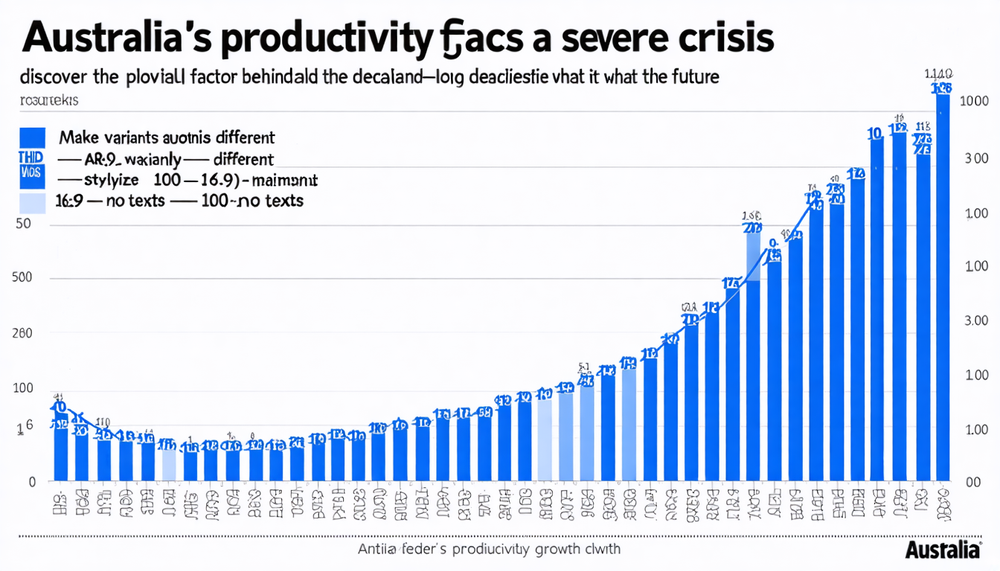Unveiling the Challenges Behind Australia's Productivity Decline
In recent years, Australia has faced a daunting task – combating the alarming decline in productivity growth. As this once-thriving economy confronts some of the poorest productivity numbers globally, both governments and industries are left grappling with the reasons behind this downturn. So, what exactly has thrown Australia’s productivity into a spiral?
The Mining Boom Effects
Back in the 2000s, Australia benefited significantly from a robust mining boom that catapulted the national economy to new heights. However, this boom also led to a surge in the Australian dollar, which adversely impacted the manufacturing sector. The burgeoning mining industry overshadowed manufacturing, leading to its contraction – a pivotal issue that has continued to haunt the nation’s productivity.
Immigration and Investment Imbalance
A critical aspect at the core of this issue is the concept of ‘capital shallowing.’ A surge in population driven by record-breaking immigration rates presented a conundrum. While the population grew, infrastructure and business investments failed to keep pace. With inadequate Capital investment, the labor productivity and per capita GDP were left on shaky ground. It’s this imbalance that Leith van Onselen points to as a primary cause of declining growth.
The Non-Market Economy Expansion
Another crucial factor is the explosive growth of the non-market economy amidst the expansion of schemes like the National Disability Insurance Scheme (NDIS). This shift drew resources away from sectors that traditionally drove economic growth, redirecting them to non-market areas.
Energy Policy and Costs
Australia’s energy landscape has undergone tumultuous changes, primarily due to gas policy failures and ambitious net-zero initiatives. These policies inadvertently led to soaring energy costs, further straining national productivity. Industries across the board feel the pinch of rising expenses when energy prices soar, which impacts their ability to innovate and expand.
Misguided Tax Policies
Tax policies over the years have also played a detrimental role. They have favored housing speculation rather than channeling resources towards productive investments. The preference for real estate speculation over innovation in various sectors has stalled economic advancement opportunities.
According to MacroBusiness, these multifaceted challenges are integral to understanding Australia’s struggle with productivity. Addressing them requires comprehensive strategies that align investment, policy reform, and infrastructure development with the needs of a growing nation.
What steps will Australia take to reclaim its economic prowess? As the nation stands at this critical juncture, finding a balance in trade policies, infrastructure investment, and industry support will determine the course of its productivity growth, ensuring a sustainable and prosperous future.




